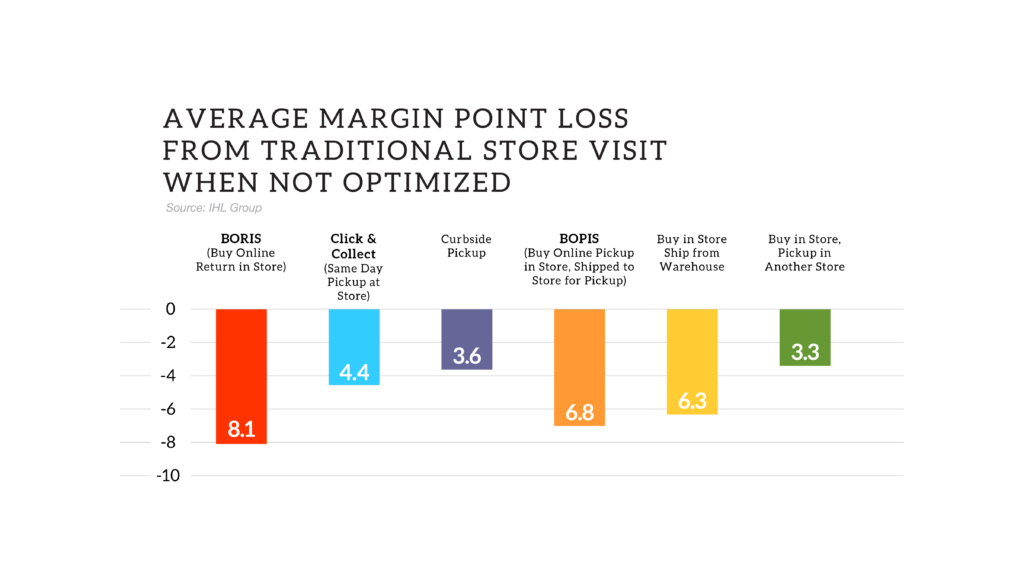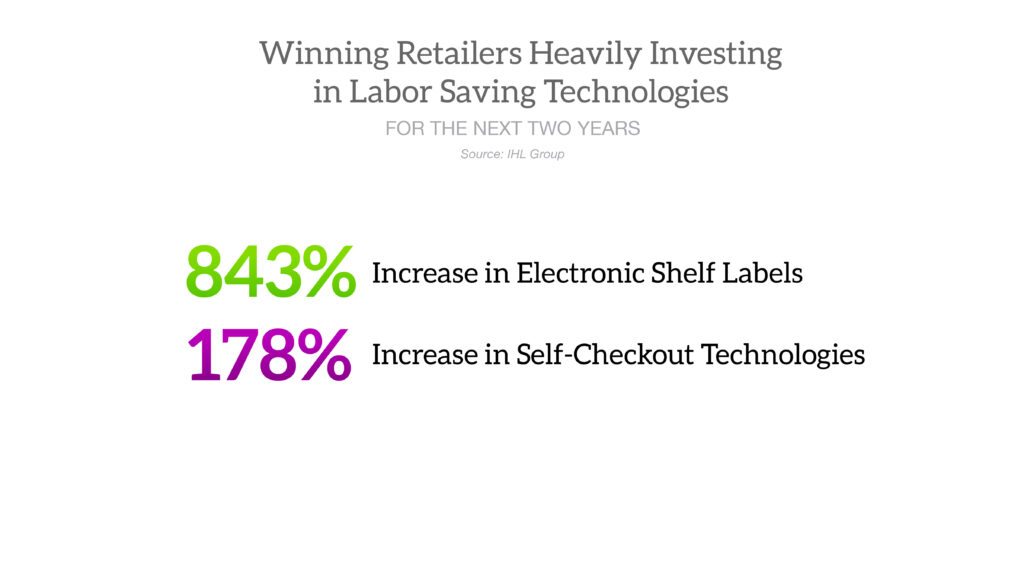Retailers Investing Heavily in (work)Force Multipliers
Workforce Multipliers
Below we outline several examples of “Work”force multipliers. The mantra is “if it can be automated, it should be automated.” The smartest retailers are not only investing quickly in these technologies but are investing heavily in them to ensure their success for the future.
In athletics, one of the key qualitative metrics quoted about the best players is not just that they have the most goals, most touchdowns, or most sacks, but they make everyone around them better. In military discussions, leaders refer to weapons or technology that increases the efficiency and effectiveness of the troops. The term is Force Multiplier.
In retail, the concept is similar in that with a scarcity of labor companies are automating everything they can automate so that they can use their employees in the most effective ways. For lack of a better term, let us call it “Work”force Multipliers. Doing more with less.
For retailers to truly decide on “Work”force Multipliers, they must start with insights and analytics as to where employees add the most value. Prior to the pandemic many retailers were hesitant to deploy labor saving technologies, but with a shortage of 4 million workers in retail and hospitality now, this hesitancy can no longer be tolerated.
The first step is having the software, business intelligence, and proper KPIs to understand the components of the business that are most labor intensive today. This means measuring the right things. For instance, we know that retailers lose anywhere between 3-8 points of margin across segments on various digital journeys as compared to walk-in customers. Which of these journeys are most common, which are most labor intensive? Where are you losing the most money?
The second step is then identifying the areas where technology is mature and accurate enough to remove the labor specifically. Returns is another example and where software investment for many retailers, where in some categories 50% or more of online purchases are returned. Optimization of not only return fraud detection, but quick decisive rules software to decide which products should be returned to the shelf vs. those that must be returned to the manufacturer can the experience needed, and the labor hours required to manage this process.
We also know that winning retailers are investing in electronic shelf labels at a rate of 843% growth over the next two years and self-checkout systems at a rate 178% growth in the same period. Why, because using scarce labor resources in these areas not only does not add much value compared to the cost, but using labor here means something else is not getting done.
And that is where the third step of evaluation comes in…what are you as a company not able to do because you have to use so much of our labor to do these things that software and other technology solutions can do better. Using the electronic shelf-label example again, retailers now have the ability to dynamically price against competitors as well as adjust pricing in real time during this period of high inflation and scarce supply. This means more labor is freed up to make sure the shelves are stocked, and you are not losing sales due to out-of-stocks when the product is actually in your store.
These technology enhancements are not just limited to the obvious front-end positions, they extend to the technical positions in retailers. By consolidating servers using edge computing with virtualization and moving to centralized management software, retailers are able to manage more IT devices with fewer personnel. And by utilizing monitoring software that utilizes AI/ML technology retailers can more quickly optimize networks and can further optimize service calls. And finally, utilizing cloud software solutions frees up more of your IT resources to focus on solutions that build the business and make it more profitable rather than managing updates and security patches.
This is a Microsoft sponsored blog
To learn more about Microsoft Cloud for Retail, please click here.

